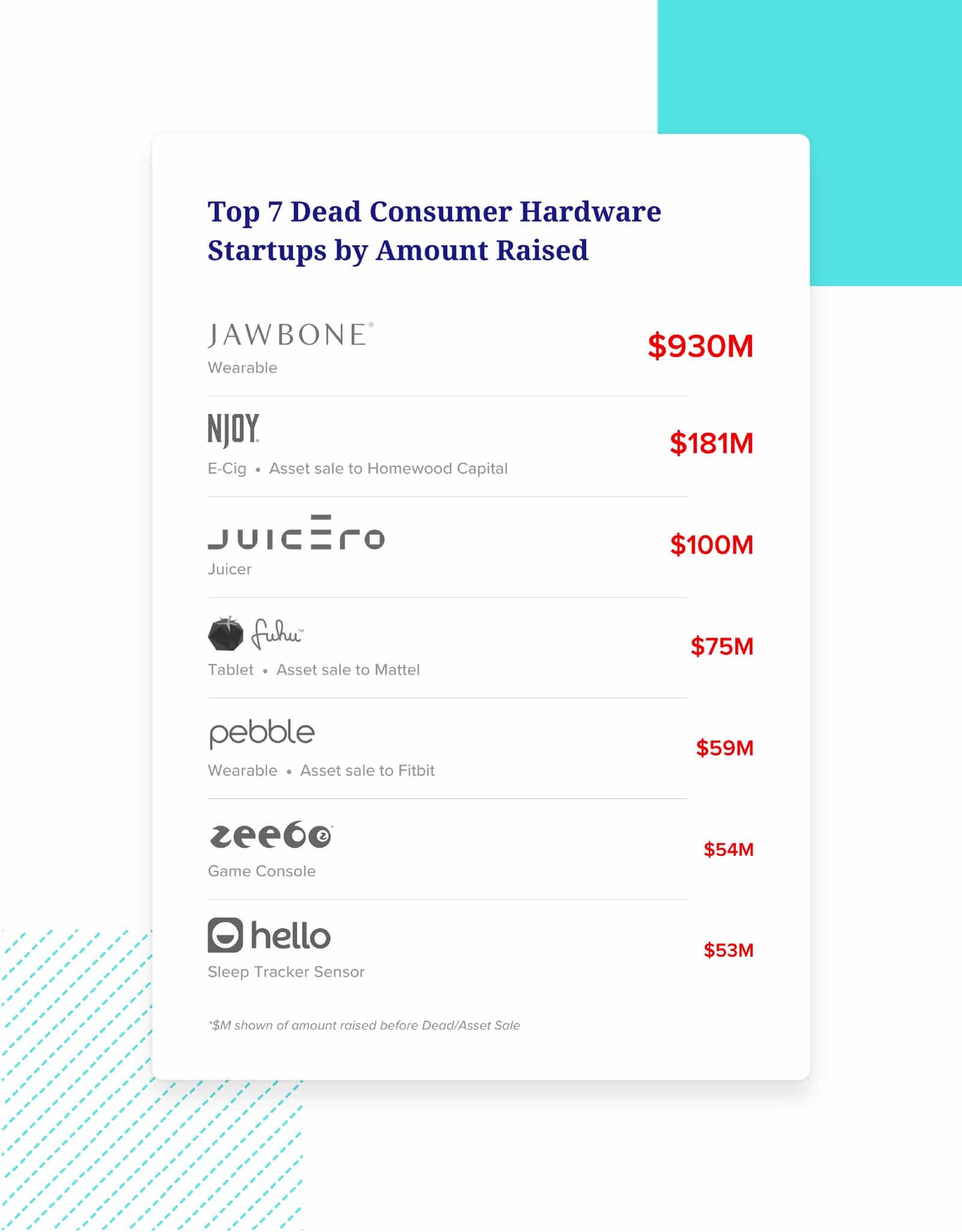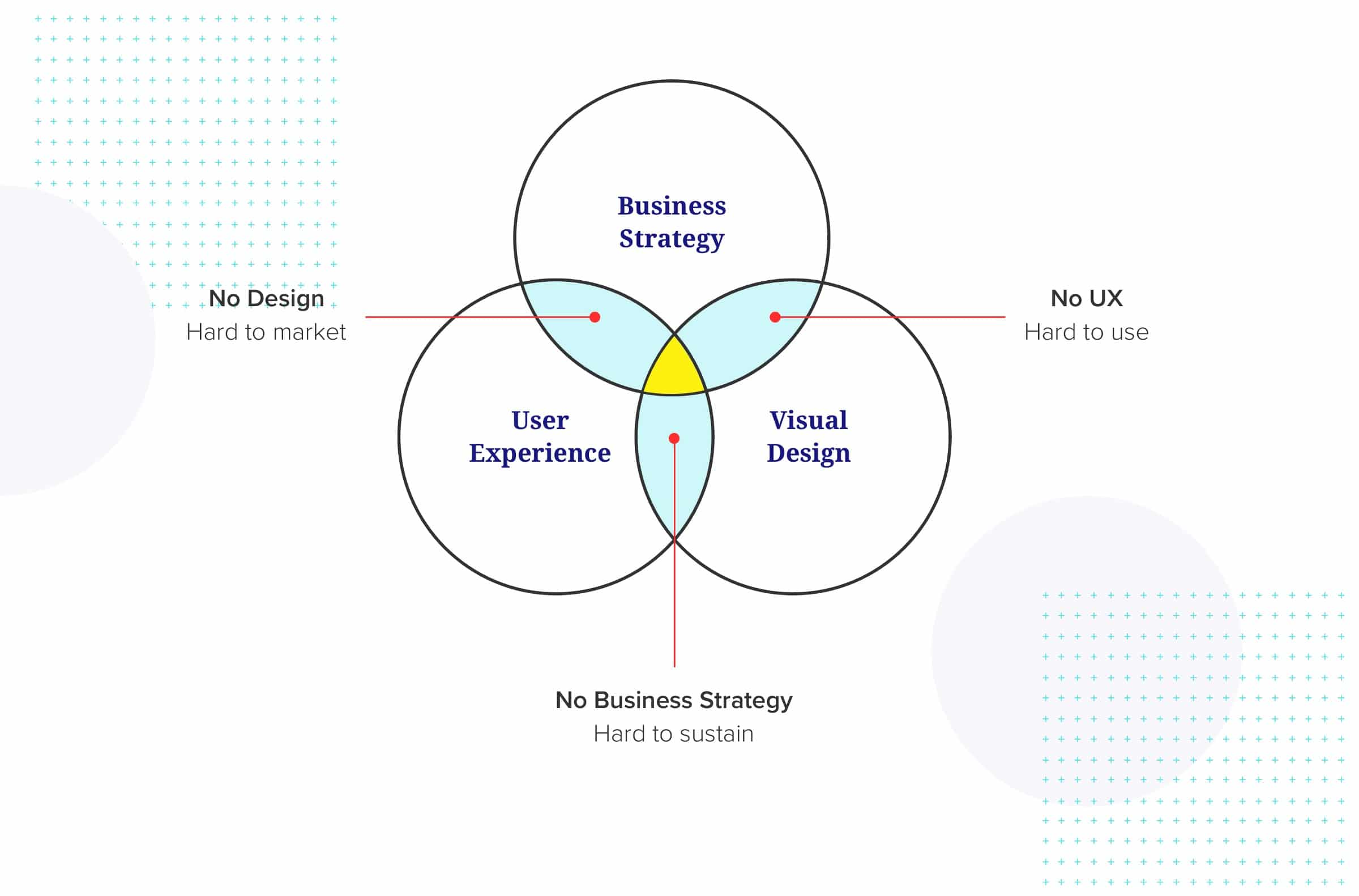
Imagine this…
Your startup/company is an island, surrounded with very treacherous shores and low-barrier riffs which could destroy the ships. When the ships are coming in, they rely on the lighthouse to guide them to take the actions they need to take in order to arrive safely on shore in the dark.
Without a lighthouse, they could make decisions that are harmful not just to them, but to the island itself. Think of the lighthouse as the guide for the ships. This analogy is very similar to the digital product world.
The lighthouse is your UX strategy.
Rather than the captain continuously asking for guidance, he looks at what the lighthouse is telling him and he simply follows it. Occasionally, interesting opportunities (new technologies, features or new design trends) will emerge, enticing you to go for it. They all will be looking attractive and producing money on an ROI basis.
BUT the point of differentiation is not features nor chasing fads, it’s what you choose NOT to do and how easy you make it for people to do business with you through user experience. Competing on features or technology and trying to provide an easy-to-use customer experience requires completely different strategies.
These initiatives all look economically attractive, but you need to consider the point of differentiation for your product. And the point of differentiation is defined by your UX strategy. I’ll show you a framework that I use to craft a bold UX strategy for startups and established companies. A strategy that serves customers better and enables companies to compete more successfully and to win.
UX Strategy is Not UX Design
Note: UX strategy and UX design are two completely different things. Here’s why:
-
-
- When you do DESIGN, you are creating something.
- When you do STRATEGY, you are coming up with a roadmap before you start creating something.
-
Too many companies are impatient to get the rubber on the road and start creating something without doing their homework first. It’s a dangerous shallow.
If you screw up on a strategy phase at the beginning, you will be paying for it repeatedly over the project lifecycle and even after.
I call it a ‘Cash bleeding’ phase. It’s very hard to recover from and usually results in negative customer reactions, ambiguous product experience and disruption from your competitors.
So what is UX Strategy?
Today, customers hold companies to high standards for product quality and experience.
UX strategy helps organizations determine which experiences are the most critical to the customer segments they serve and how to prioritize to generate the highest economic value.
Keith Cunnigham said it best in his book, ‘The Road Less Stupid:”
“The key to be successful in business is to keep the customers you’ve already got.”
Just let it sink for a moment:
How big would your business be if you still had every customer that ever tried you?
Our problem in business is not with attracting new customers. Our problem is when we attract them, can we do something that causes them to come back? And to be become raving fans, to become addicts.
Yet many companies fail to deliver value to customers consistently by creating complex experiences that amplify the existing customer pain points instead of mitigating them.
And since almost every service today is delivered via technology; when that technology is hard to use, people bail. They will gladly pay another provider more if that product is easier and simpler to use. And if you think that throwing money at the problem will make it go away, just look at the picture below:
Source: http://cbinsights.com
That’s why the best-in-class companies with exceptional customer experiences set themselves apart from their competitors by crafting a solid strategy from the beginning.
But where do you start? And how do you know if your strategy is the right one?
For any company, there are many possible strategic choices and data that could be crunched:
-
-
- Choices on how to position yourself in the marketplace
- How to cherry-pick from your competitors (competitive analysis) and understand where to zig and when to zag
- What customer segments to serve
- Choosing where to play (the right market)
- How you are going to play (what to do and what don’t)
-
When you layer all of these choices together, it’s like a Rubik’s cube, it eventually clicks. If you think about it, when you start, everything seems complex and foggy, with multiple choices to make. But if you have the right process, systems and structure in place, you’ll solve the Rubik’s cube much faster and avoid a lot of dead ends.
But Alex, how do I know if the choices that I make are the right ones?
Remember, the strategy is an iterative process, it’s not about perfection or having all the answers, it’s about shortening your odds.
One of the decision-making methods that I use is called:
Ready. Fire. Aim.
Meaning, you have a target, so you shoot at it. And when you shoot you either hit a target the bull’s eye or you miss, but you get data. It should be all about learning. Get a little bit better step by step.
The UX Strategy Framework
When it comes to strategy, the first thing you need to think about is whether or not your strategy can be implemented before you put together 20–30 slides on how you are going to implement it.
The UX strategy lies at the intersection of 3 components:
-
-
- Business Strategy
- User Experience
- Visual Design
-
When all three components* intersect — a true product value occurs.
*For a UX strategy to be successful, all components should be in play.
Illustration by Alex Gilev
Business
-
-
- A winning Aspiration statement. Aspirations are statements about the ideal future. They define the purpose of your enterprise. Without having an initial definition of winning, it is difficult to assess the value of other components. You need this aspiration against which you can weigh different choices.
- Competitive Landscape Analysis. Assessing how you stack up against competitors.
- Customer/Market research. Plus the total available market (TAM) opportunity if you’re an early-stage startup.
- Value Proposition. According to Simon-Kucher, 72% of all new product innovations fail to deliver on expectations. This means that customers don’t care about 7 out of 10 products introduced to the market. It doesn’t mean that people are stupid. It means their value propositions are often wrong.
-
Experience
-
-
- Feature Prioritization. Deciding what to build.
- Customer Touchpoints. Identifying and understanding the customer’s journey from end-to-end.
- Prototyping. Understanding what NOT to ship and test the viability of your value proposition.
- Validating Your Hypotheses. Putting a quick prototype in front of customers is important in order to collect feedback. Feedback is the breakfast of champions.
-
Design
-
-
- User Interface (UI) Design system. You will be surprised at the lack of design implementation processes in many organizations. The absence of design systems is a common inhibitor of effective product development.
-
Takeaways
- UX strategy isn’t about formulating and executing a perfect plan. It’s a set of choices that you make in your business which mostly are going to determine whether you will succeed or fail.
- Your choices should be integrated. In other words, it’s how do these choices fit together to create a holism that is attractive to customers but also other competitors can’t copy very well, so the customers keep buying from you and not your competitors.
- In strategy, there are no absolute answers or sure things, and nothing is perpetual.
- Don’t assume that competitive advantage is pursuing a thing that you’re best at. It’s pursuing the thing that creates the most economic value after the cost of defending that value. Because if you are in the field where you make a lot of money, you are going to attract competitors. So there is a cost of blocking them.
- Building a strategy isn’t about achieving perfection, it’s about shortening your odds.
- Your competitors might raise more money. But if your customer user experience (UX) strategy and team are better, you will prevail. Markets are short term popularity contests and long term weighing machines.
–
This article first appeared in www.labs.openviewpartners.com
Guest Author: ALEX GILEV. User Experience Consultant.


